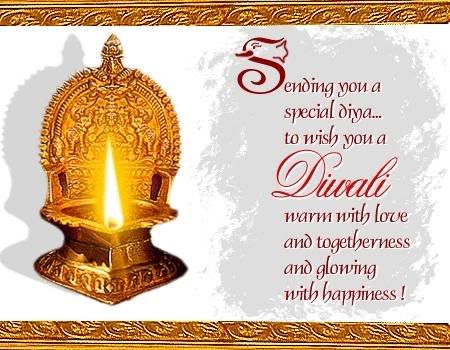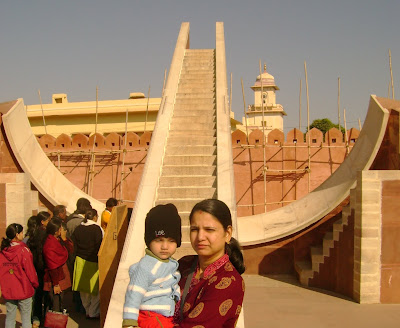
The tiny Mahadeva temple, dedicated to Lord Shiva at Tambdi Surla, is located approximately 65 kilometers from the capital city of Panaji and 12 kilometers from the Mollem border check post. Located amidst serene and picturesque forest area with a beautiful stream flowing by, it has withstood the ravages of time.
According to the Archeological Survey of India, this temple was built in the 13th century by the Kadamba dynasty, which ruled Goa between the tenth and the fourteenth centuries. Built of grey - black chlorite schist soap stone, which is weather resistant, it is the oldest surviving temple of the Kadamba Yadava dynasty in Goa
The temple has a pillared porch and three stepped entrances and the shrine is surmounted by a tower.
A notable feature is the stone ceiling, decorated with intricately carved lotus flowers. The pierced stone screen carrying the figures of deities that surround the door of the vestibule signifies excellent craftsmanship. There is a Nandi bull (Lord Shiva’s vehicle) at the entrance of temple.
The symbol of the Kadamba kingdom, an elephant trampling a horse is carved on the base of one of the columns.
It is a perfect picnic spot and one can enjoy the cool and serene ambience surrounded by lush greenery!
Wandering re-establishes the original harmony which once existed between man and the universe. - Anatole France

















































